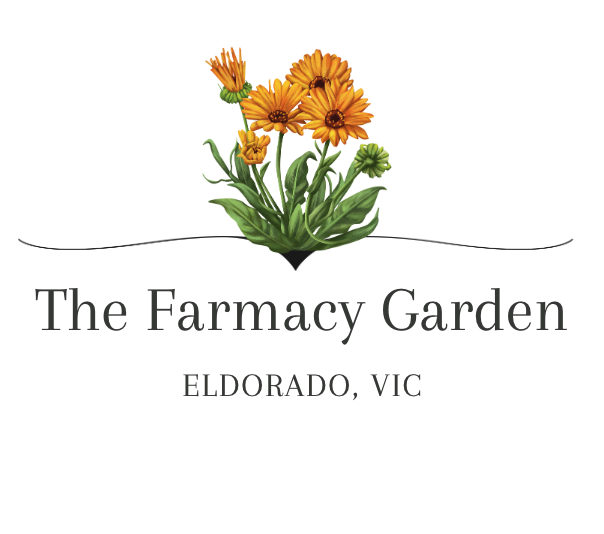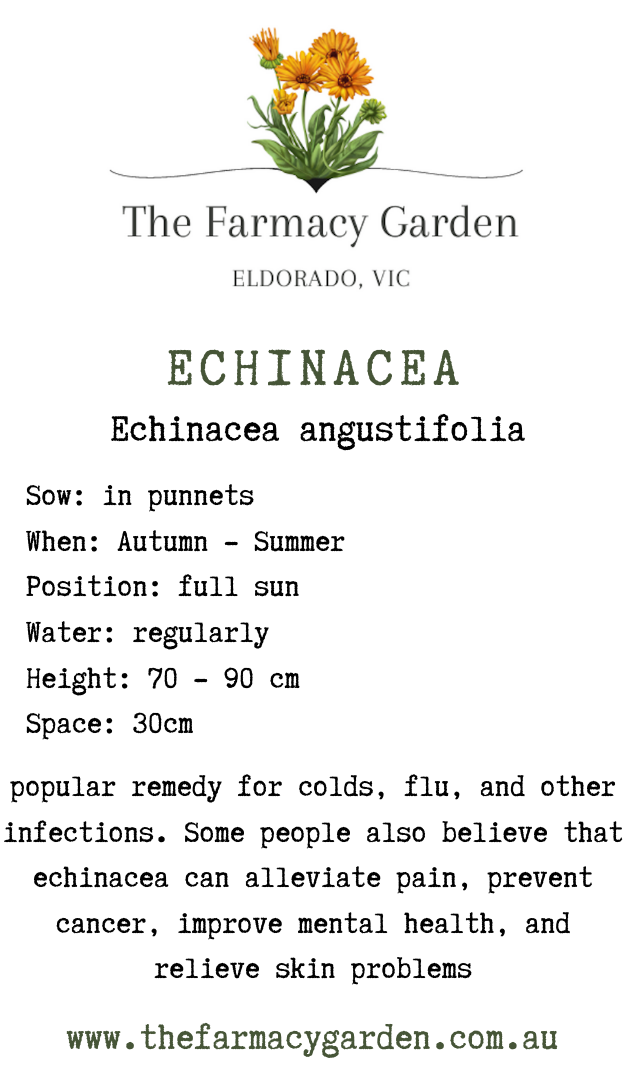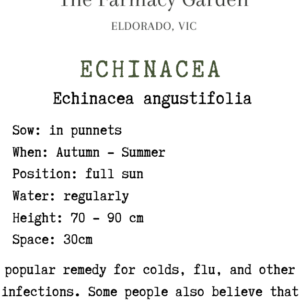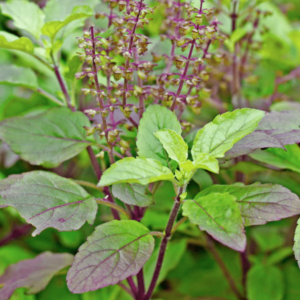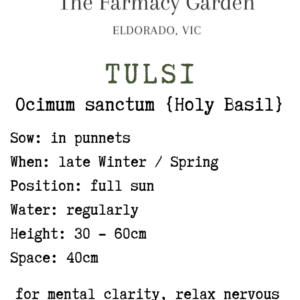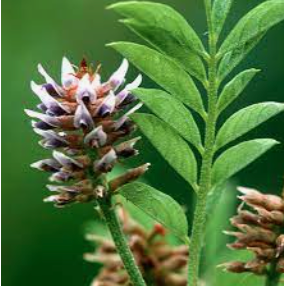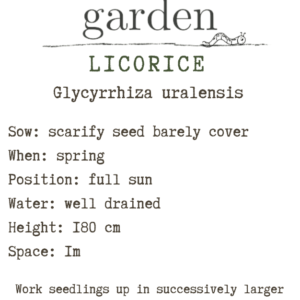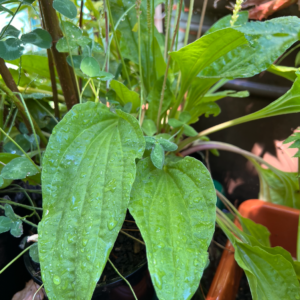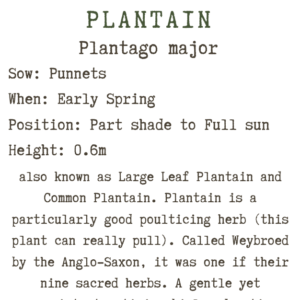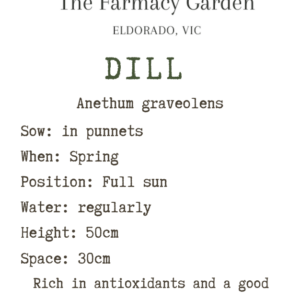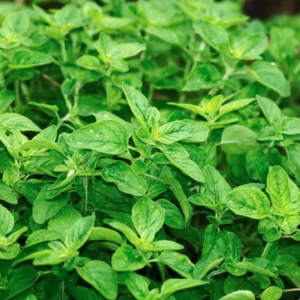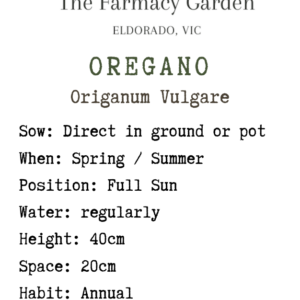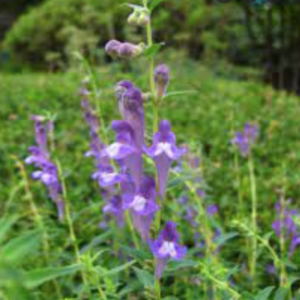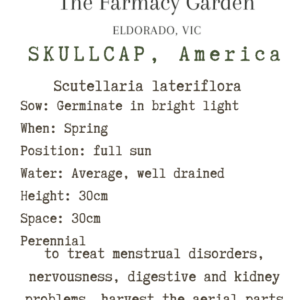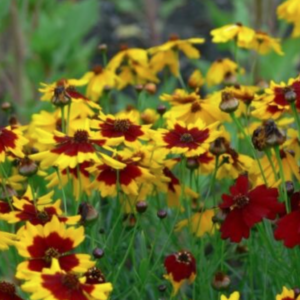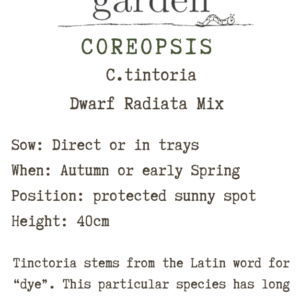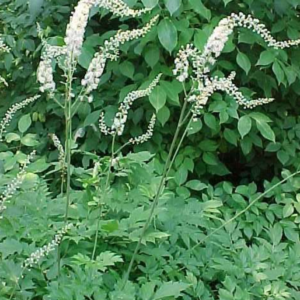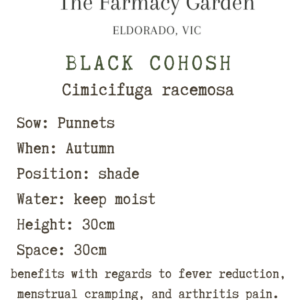Purple Coneflower Seeds, Echinacea angustifolia
$6.50
Large pink-purple daisy flowers on long stems with narrow leaf, each with a prominent central cone. Use fresh or dried for flower arranging, or enjoy them in a mixed border where they will add height and attract beneficial pollinators to your garden. Extremely cold-hardy.
Large pink-purple daisy flowers on long stems and narrow leaf, each with a prominent central cone. Use fresh or dried for flower arranging, or enjoy them in a mixed border where they will add height and attract beneficial pollinators to your garden. Extremely cold-hardy.
GROW: Germination: Seed treatment is necessary for successful germination. Seed Treatment: Two treatment processes are necessary prior to sowing. Firstly, a bleach treatment and then cold moist conditioning. Bleach Treatment; 1 part bleach to 10 parts water. Soak for 5 minutes. Rinse well. Cold, Moist Conditioning: Pack seeds in moist vermiculite and seal in a plastic bag, Place in refrigerator for 2 weeks Sowing: Remove seed from plastic bag and vermiculite. Sow as usual. Germination should occur in 4-5 days.
Echinacea is a three year proposition, in the first year you will have leaves, second year flowers and in the third year harvest roots.
HARVEST: To harvest Echinacea, using a shovel or a garden fork, lift the roots out of the ground around the Echinacea plant. I use a large shovel and basically dig up the whole root ball of the plant. Now you can take pieces of the root from the root ball to harvest or you can remove the whole plant to harvest the roots.
USE: All parts of the plant is used, flowers and foliage used in tea fresh or dried. Roots fresh or dried. Used as cut flower.
NOTE: Many believe that Echinacea purpurea is inferior to Echinacea angustifolia and therefore less effective. Echinacea angustifolia is certainly more rare and many find it a bit more difficult to grow. The answer to the question of which one to use is basically up to interpretation; there are many herbalists who will line up on either side of the argument with strong evidence that both of them work. One physical difference is E.purpurea has larger flower petals. Echinacea angustifolia, the narrow-leaved purple coneflower
Related products
Medicinal Herb Seeds
Flower Seeds
Medicinal Herb Seeds
Flower Seeds
Flower Seeds
